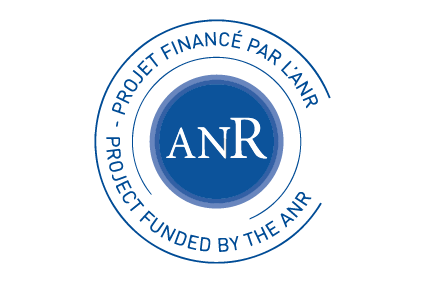Microalgae are photosynthetic organisms of very small size (a few thousandths of a millimeter), either unicellular or forming colonies of a few cells. They are well known in the plankton of oceans, lakes and rivers, but they also develop in all types of environments exposed to light: soil, snow, ice… Thanks to photosynthesis they capture CO2 when they are exposed to light, making them pioneer organisms capable of colonizing terrestrial environments and serving as food for a variety of organisms. Despite this vital role, helping to form the basis of ecosystems, the microalgae that inhabit terrestrial environments are still poorly understood. They are impacted by climate change, favored by the increase of CO2 in the atmosphere, and this is expected to destabilize ecosystems, but also accelerate certain negative effects on some environments, in particular glaciers. However, we lack fundamental scientific knowledge about these species, to be able to understand their role in the accelerated evolution of mountain environments.

ALPALGA is a unique collaborative project in Europe, associating on the Grenoble site scientists from several disciplines, including biologists, environment scientists (ecology) and glaciologists to study the microalgae that inhabit ecosystems from 1000 to 3000 meters above sea level, where there exploration is still challenging, the Alpine mountains.
Microalgae are sometimes visible when they multiply to the point that they stain in gree a piece of water, the wet trunk of a tree, or the dry surface of a rock.
In snow, microalgae can stain the surface in green, but most often, they become loaded with pigments that protect them from strong light, then staining the snow surface in red or orange. The appearance of “red snows”, already known in the Antiquity, seems to be more and more frequent at high altitudes, as well as in the Arctic and Antarctic regions.
But where are microalgae when we cannot see them, where do they come from? Where do they go when the snow has melted?
THE ALPALGA PROJECT ADDRESSES THE FOLLOWING QUESTIONS:
- What microalgae inhabit our mountains? What is their biodiversity, their geographical distribution, their dynamics over time, over the seasons, from year to year?
- Are these the same microalgae that grow in soil, snow, streams and lakes? Can they move by following the runoff? Can they be carried by the wind?
- What is the life cycle of microalgae in the Alps, how do they develop? How do they adapt to the environmental factors that characterize high altitudes? Ultraviolet exposure? Low temperatures?
- How do they react to the effects of climate change? Can we suggest conservation strategies?
- How do they act on snowmelt and glacier’s retreat? Does their proliferation alters some fragile mountain environments?
- Can we model their dynamics, anticipate their evolution, predict their impact on the environment?
- Can we provide the right information to the public, mountain lovers, from simple hikers to the more adventurous, so that they know better these living environments, respect them better, and help scientists to advance in their discoveries?
This is an ambitious mission, involving five Grenoble laboratories, with the support of the National Research Agency and the Kilian Jornet Foundation.




